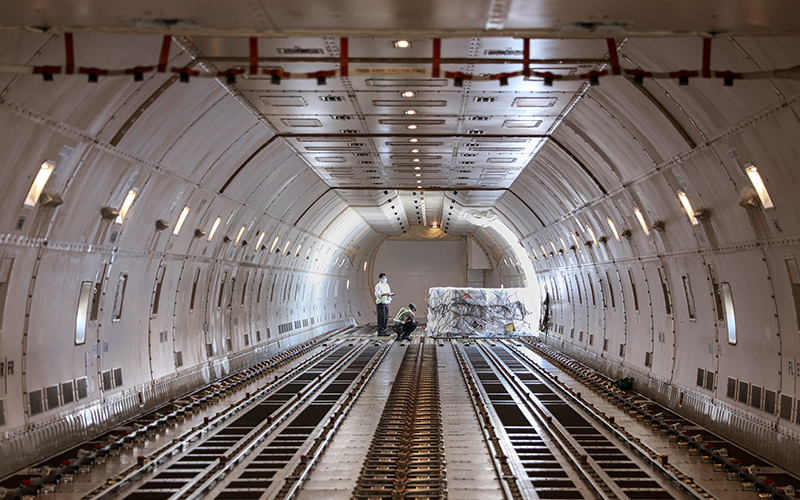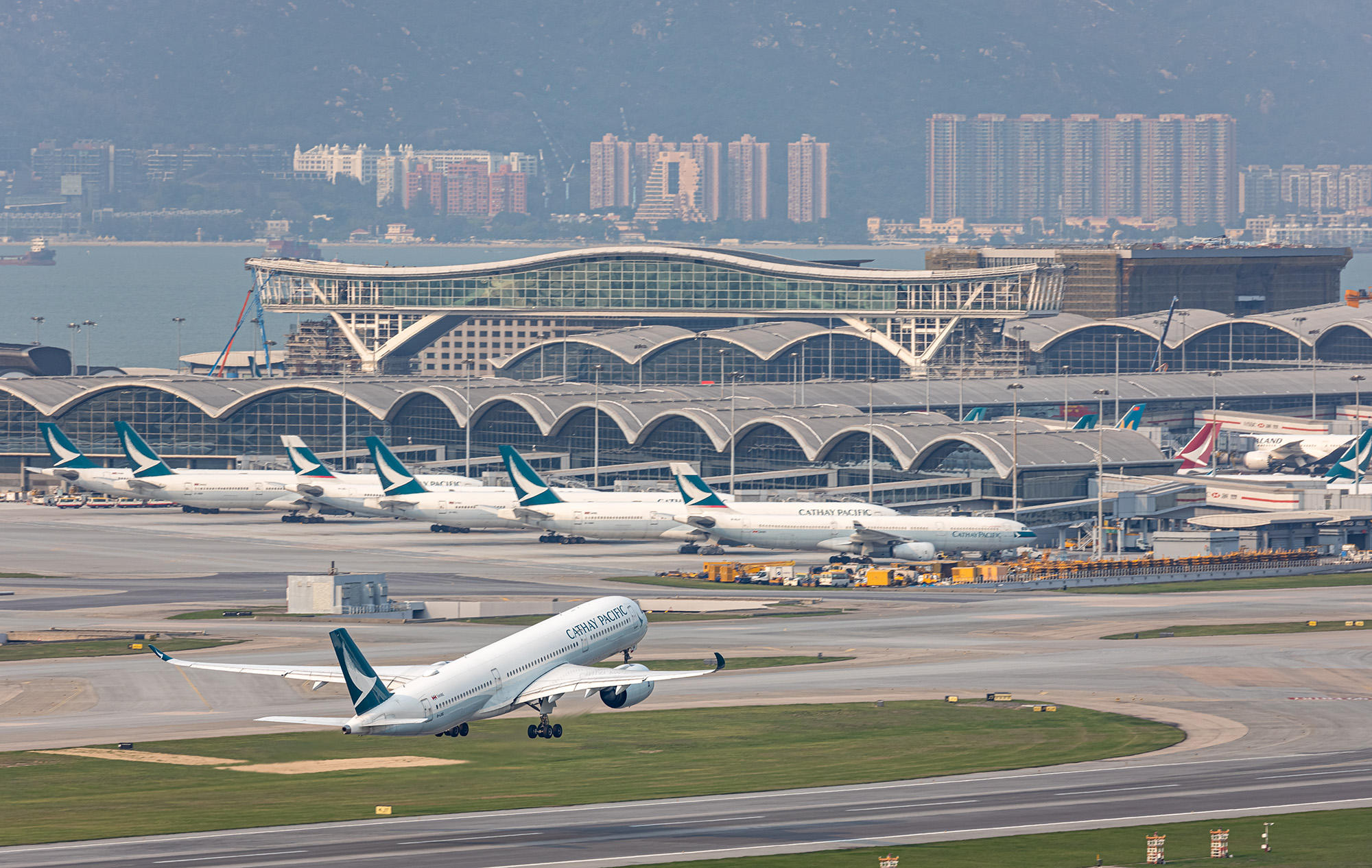1. A difficult start to 2022
At the very start of the year, I got off a junk in Hong Kong after a nice relaxing day on the water – to be greeted by the news that we were going to have to close down our entire long-haul operation for at least a week because of changes to flight crew quarantine requirements. It wasn’t the best start to 2022 and was very frustrating at a time of extremely high demand. But our teams were resilient and we focused on where we could continue to operate. So while our long-haul capacity remained constrained up until the end of May, our regional capacity increased and we were able to fill it very effectively.
When crew quarantine restrictions were eased, we were able to remount our long-haul capacity. This coincided with the traditionally quieter summer period, despite there being some hope that the lockdowns on the Chinese Mainland would diminish and consumer demand would remain relatively robust as the year went on. That didn’t quite materialise.

2. The shallow peak and what it means for 2023
The 2022 peak clearly underperformed against expectations, especially compared to the once-in-a-lifetime peak we saw last year. That said, air cargo is still needed to meet seasonal demand, and this has ensured that while passenger belly capacity remains lower, particularly in our market, yields remain elevated in an historical context.
This year’s peak was hampered by a coming together of economic headwinds and what you could describe as an almighty hangover. The concerns around supply chains at the start of the year, as a result of lockdowns on the Chinese Mainland and concerns about potential strikes on the US West Coast, pushed shippers to increase their inventory levels. So there was a considerable build-up of inventory as we came into the second half of the year, which then got hit by a fall in consumer demand as a result of cost of living concerns, growing inflation and rising interest rates. So with demand and supply coming under pressure, we’re seeing a smaller peak, albeit with occasional spikes in demand as a result of e-commerce sales activities.
Global economic concerns remained throughout the second half of the year and will carry over into 2023, with some potential increases in demand around Chinese New Year. We expect demand to continue to underperform, particularly in Q1, but we are optimistic that by the end of Q2, as some recessionary concerns start to subside and supply chains on the Chinese Mainland normalise, we will start to see improvements.

3. Capacity issues
The question then returns to capacity. Currently there is a lot of it in the market powered by high rates of freighter utilisation and the return of passenger belly capacity. In Asia Pacific, because of the situation with the Chinese Mainland, the return of belly capacity is slower than on transatlantic routes and in Europe. For Cathay Pacific this means a return to 70 per cent of pre-pandemic passenger capacity by the end of 2023, and a full return to pre-pandemic levels by the end of 2024, which is ahead of IATA’s traffic forecast for the Asia Pacific region.
Another capacity factor comes from the number of older freighters that were reactivated due to the record rates and demand of 2020/21. Fuel prices are now above where they were in 2019, which means that a number of these older aircraft are becoming cash-negative as air cargo rates normalise, so we expect much of that capacity to permanently exit the market soon. According to a study we commissioned, 450 medium-sized to wide-body freighters could leave the market by 2030, and some possibly before.
On the ocean side, the market has become a bit more predictable as congestion has improved. This has resulted in rates coming back to more normal levels quicker than many expected. However, there are union negotiations going on across the globe. There have been recent strikes in UK ocean terminals and there are discussions on the US West Coast with longshoremen’s unions. While the imminent threat of a US rail strike has abated, the potential for supply chain shocks still remains.

4. Opening up again
It’s been absolutely fantastic to able to travel again after more than two years. I’ve been to the US, across our cargo offices in Europe, Indonesia, Singapore and Vietnam and I’ve just returned from Tokyo. It’s been wonderful to have an opportunity to say ‘thank you’ to the teams, some of whom I had not met since I started this role. It’s also been great to meet our important customers and get direct feedback on things ranging from the difficulties facing ground handlers in the US over inflation to seeing first-hand the investment in high-tech industries in Vietnam.

5. The importance of supply chains – and investment in the future
If the past couple of years have taught us anything, it’s an appreciation of the importance of supply chains. We never anticipated that air cargo or ocean freight rates would reach the heights that they did in 2021. And while the rates we saw over the course of the pandemic were unsustainably high, the rates that we experienced pre-pandemic were also unsustainably low. We will continue to work with our partners to ensure that we provide the reliability to support supply chains in which our partners and our customers can be confident. And we will constantly be looking for ways to work more efficiently in a more digitalised manner, to improve reliability and reduce costs where possible.
We didn’t stand still this year and continued to invest in solutions and digitalisation that will offer greater reliability, shipment visibility and high-quality customer service. These included launches of our new Priority and Cathay Pharma solutions, our Corporate SAF (sustainable aviation fuel) Programme, and new Cargo iQ milestones at our Hong Kong hub.
We are ready to inspire confidence in our customers after a challenging year – and we’re looking forward to all of the opportunities of 2023.









